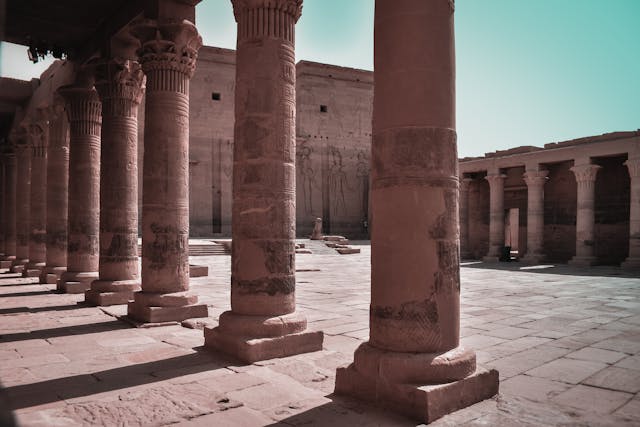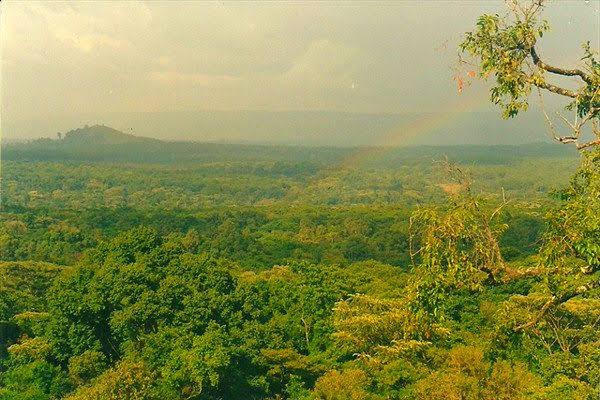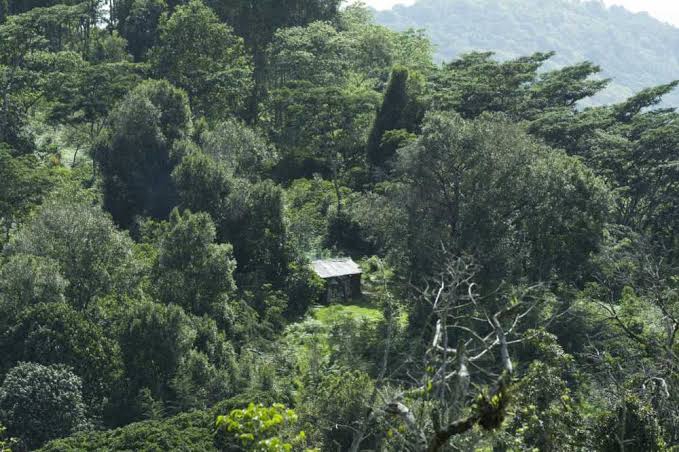




Boni National Reserve: Kenya’s Hidden Coastal Forest Sanctuary
History African@africanhistory
1 day ago
Boni National Reserve spans 1,339 km² in Garissa County, northeastern Kenya, and was gazetted in 1976 as a dry‐season elephant sanctuary managed by the Kenya Wildlife Service .
The reserve protects a remnant of the Boni forest, part of the Northern Zanzibar–Inhambane coastal forest mosaic—one of the world’s biodiversity hotspots, noted for exceptionally high plant species densities . The forest thrives under a humid, hot climate, supporting tall canopy trees and lush understory growth unrivaled in the region .
Wildlife here includes hippopotamus, bushpig, warthog, buffalo, common duiker, topi, and waterbuck, while carnivores such as the vulnerable African wild dog, aardwolf, and rare savannah elephant also roam the reserve . Boni lies adjacent to Dodori National Reserve, together forming one of Kenya’s last great coastal forest blocks and harboring endemic species like the golden‐rumped sengi and Aders’ duiker .
Named after the indigenous Boni hunter‐gatherer people, whose ancestors settled here over 2,000 years ago, the reserve’s proximity to the Somali border underscores both its cultural heritage and security challenges . In 2010, the U.S. State Department listed Boni as a no‐travel zone due to terrorist activity, and Kenyan forces have since conducted operations against Al Shabaab within its bounds .
Visitor Information & Tips
Visits require a permit from the Kenya Wildlife Service district office—obtainable in Garissa town—and must be arranged through accredited tour operators, as no public facilities exist within the reserve .
Access is by 4×4 vehicle along unpaved roads: a 100 km drive north from Garissa via Ijara, then a further 30 km on gravel tracks; travel only during daylight hours when security escorts are available .
Bring binoculars, closed‐toe walking shoes, insect repellent, and ample water. There are no on-site accommodations—camping is possible at designated clearings with prior KWS approval . Early morning game drives and birdwatching yield the best sightings, but always follow your guide’s instructions regarding security protocols.
#BoniNationalReserve #CoastalForest #BiodiversityHotspot #KenyaWildlife #ElephantSanctuary #EcoTourism #WildDog #CulturalHeritage #ResponsibleTravel #4x4Adventure #ForestConservation #VisitorTips
